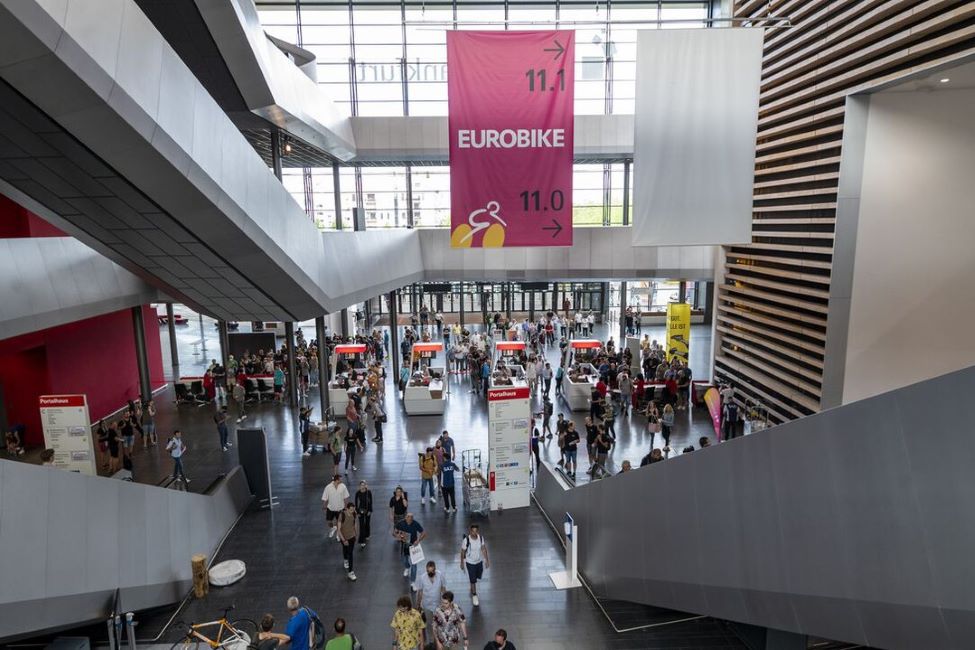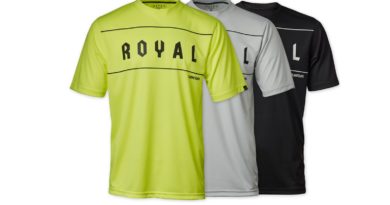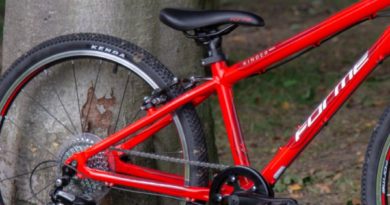The future of e-bike drives: No chain, no belt, no wear?
Eurobike organisers have announced that the second Frankfurt edition of Eurobike will feature in depth discussion around the idea of new mobility. This will include a separate fair area – Light Electric Mobility Hall 8, including the Start-Up and Cargo Area – as well as hosting a series of presentations exploring the technical developments necessary to drive a wider mobility transition.
In 2023, Eurobike will showcase a variety of new product innovation possibilities, some of which that were inconceivable until recently. The series hybrid is one of them. Whilst not a new idea, its consistent implementation on the bicycle has only recently been addressed:
Replacing a drivetrain made of chainring, chain or belt and sprocket (set) with a digital counterpart.
The German mobility and automotive company Schaeffler has already accomplished this, partly in cooperation with the hub motor manufacturer Heinzmann. At Eurobike 2023 attendees will be able to see the current version of their Free Drive first-hand.
The Free Drive system can already be found installed on new business focused cargo bikes, as well as on shared bikes with cargo options such as those from Munich-based specialist Mocci. On the cargo bike digital technology leads to benefits that can create space and provide new design impetus.
Digital drives: More freedom and less wear
- Design-related advantages: The complete mechanical drive is removed and replaced. As a result, the vehicle designer is freed from traditional form factor, and can plan more creatively. Completely new bicycle architectures become possible.
- Wear: The wheel is almost maintenance-free because the high-maintenance components most prone to wear are gone.
- Mobility advantages: A reverse mode, whose implementation would require great effort with a mechanical drive, is particularly suitable for three-wheelers. With the series hybrid, this poses no problem, just like the virtual shifting system, which suggests to the driver when a certain speed is reached that the automatic transmission has switched to a higher gear.
The eBike system familiar to us is the parallel hybrid: The pedals turn the rear wheel via the crank and chain or belt drive. Proportional to this power, the motor also supplies power for propulsion in parallel, either via the chain or directly via the hub motor.
With the series hybrid, the power from the pedal does not go into the mechanical drive but into a kind of generator, which requires a converter: The resulting electricity is temporarily stored in the battery. Irrespective of the incoming energy, it then supplies the motor with power for propulsion. There is therefore no mechanical connection between the pedal and motor activity.
Software takes care of the “chain feeling”
According to expert opinions such as that of Hannes Neupert of ExtraEnergy, the series hybrid has already begun its triumphal procession through various areas of the industry. Some companies, often dealing with the topic out of the public eye, still have a development task in their books – to digitally map the resistance that occurs when pedaling. HL Mando, a subsidiary of the Halla automotive group, is a pioneer in the field of series drives. In its system, which is used in the Citkar, a business cargo bike, for example, this resistance can be digitally adapted via software, as visitors will be able to see at Eurobike 2023.
Ground-breaking innovations can always be optimized in detail. In the case of the series hybrid, this still affects efficiency. Among other things, the input and output of electrical energy is energy-intensive. Further development here is certainly strongly dependent on the battery industry and cell technology as well.
Chain-free thanks to change in law
Important for the future development of mobility: The legislators have also given the green light to the series hybrid, among other things thanks to successful lobbying by a network of companies from the field. In 2022, the responsible EU Commission classified eBikes with chainless drives as EPACs – electrically power assisted cycles. For these, the usual standards and rules apply as for pedelecs: Same position under traffic law as bicycles, motor’s continuous power up to 250 watts, assistance up to a speed of 25 kilometers per hour. This key data is the primary prerequisite for the market success of the series hybrid in Europe.
“What better place for forward-looking technologies from the bike and new mobility sector than the world’s leading trade fair in Frankfurt?” asks Dirk Heidrich, Eurobike project manager. “We are convinced that the fair can play a major role in paving the way for the mobility transition from a technical point of view. The presentation and discussion of the technical possibilities of entirely new systems is a focal point here. We also see this as one of our central tasks.”
Only series hybrid in the future?
Even if experts predict a very bright future for the series-hybrid system, everyone agrees that classically driven pedelecs, especially those for the sports sector, are not going to vanish. If you ride a racing bike or mountain bike with an assist system, you may place the greatest importance on a classic chain feeling, as well as on weight minimization. But even so, the application range of the series hybrid will grow strongly. The Frankfurt based show will continue to report on these developments understandable enthusiasm.
More bike options. More people on bikes.



